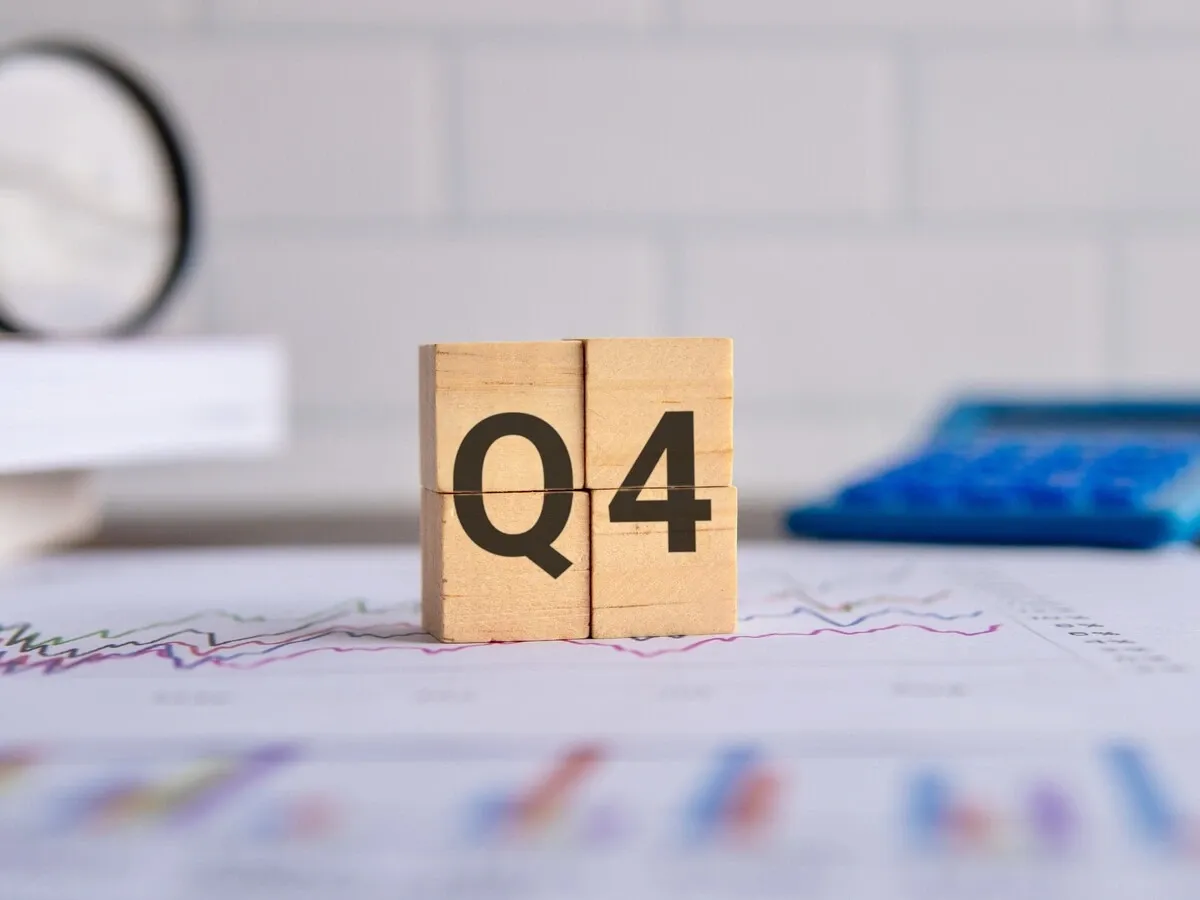Market News
Market Wrap, January 21: SENSEX, NIFTY50 tumble 1.6%; ₹7.36 lakh crore investor wealth wiped out; key factors behind bloodbath
.png)
4 min read | Updated on January 21, 2025, 17:01 IST
SUMMARY
The market breadth was in favour of declines, as out of 4,088 stocks traded on the BSE, 2,788 declined, and 1,187 gained, while 113 stocks remained unchanged.
Stock list

In the broader market, the BSE MidCap index ended at 43,167.39, down 882.10 points, or 2%
At close, the S&P BSE SENSEX stood at 75,838.36, down 1,235.08 points, or 1.60%, while the NSE's NIFTY50 index settled at 23,024.65, down 320.10 points, or 1.37%.
41 stocks on the NIFTY50 index ended in the red and nine in the green.
The market breadth was in favour of declines, as out of 4,088 stocks traded on the BSE, 2,788 declined, and 1,187 gained, while 113 stocks remained unchanged.
Investor wealth dropped by ₹7.36 lakh crore as the m-cap of BSE-listed firms decreased from ₹431.59 lakh crore to ₹424.22 lakh crore.
In the broader market, the BSE MidCap index ended at 43,167.39, down 882.10 points, or 2%, while the BSE SmallCap index settled at 51,714.62, down 1,024.39 points, or 1.94%.
Sectorally, all the indices ended with deep cuts, with realty and consumer durable counters taking the biggest knock.
India VIX, the volatility index, gained nearly 4% to 17.06 levels.
Trump's tariff decisions remain a wildcard for Indian markets, said another market analyst, adding that uncertainty over his tariff plans for India has led to caution among investors.
Besides, the earnings of large IT services companies (TCS, Infosys, HCLTech, Wipro, LTIMindtree, and TechMahindra) have not offered much to cheer about, which has again dampened sentiment.
The shift in sentiment comes amid global and domestic headwinds.
"The continued depreciation in the Indian rupee is exerting significant pressure on foreign investors, leading them to pull the money out of the Indian equity markets," Himanshu Srivastava, Associate Director - Manager Research, Morningstar Investment Advisers India, said.
In addition to that, higher valuation of Indian equities, despite recent corrections, expectations of a rather weak earnings season, and uncertainty over the pace of economic growth are making investors wary, Srivastava added.
Some of the demands of the analysts from the Budget are increasing the minimum EPFO pension fivefold to ₹5,000 per month, enhancing the income tax exemption limit to ₹10 lakh annually, scrapping the new pension scheme, and unified pension scheme, reinstating the old pension scheme, and introducing an additional 2% tax on the super-rich to ensure social security for all informal work.
"We do not anticipate significant policy announcements in Budget 2025. Given the prevailing political stability, the budget is likely to emphasise the government's dedication to fiscal discipline, aiming to meet its fiscal deficit targets. We expect sustained investments in infrastructure," said Anil Rego, founder and fund manager at Right Horizons PMS.
"Indian businesses still have to contend with excessive red tape, political interference, and other familiar difficulties. The Modi government has tried to reduce those burdens, but in recent years it has focused on increasing economic supply," the article added.
Further, Moody's expects India's GDP to grow by 6.6% in FY2025 (2025-26). As per the National Statistics Office's (NSO) first Advance Estimates, the Indian economy is estimated to grow 6.4% in the current fiscal year ending in March 2025.
About The Author
Next Story


